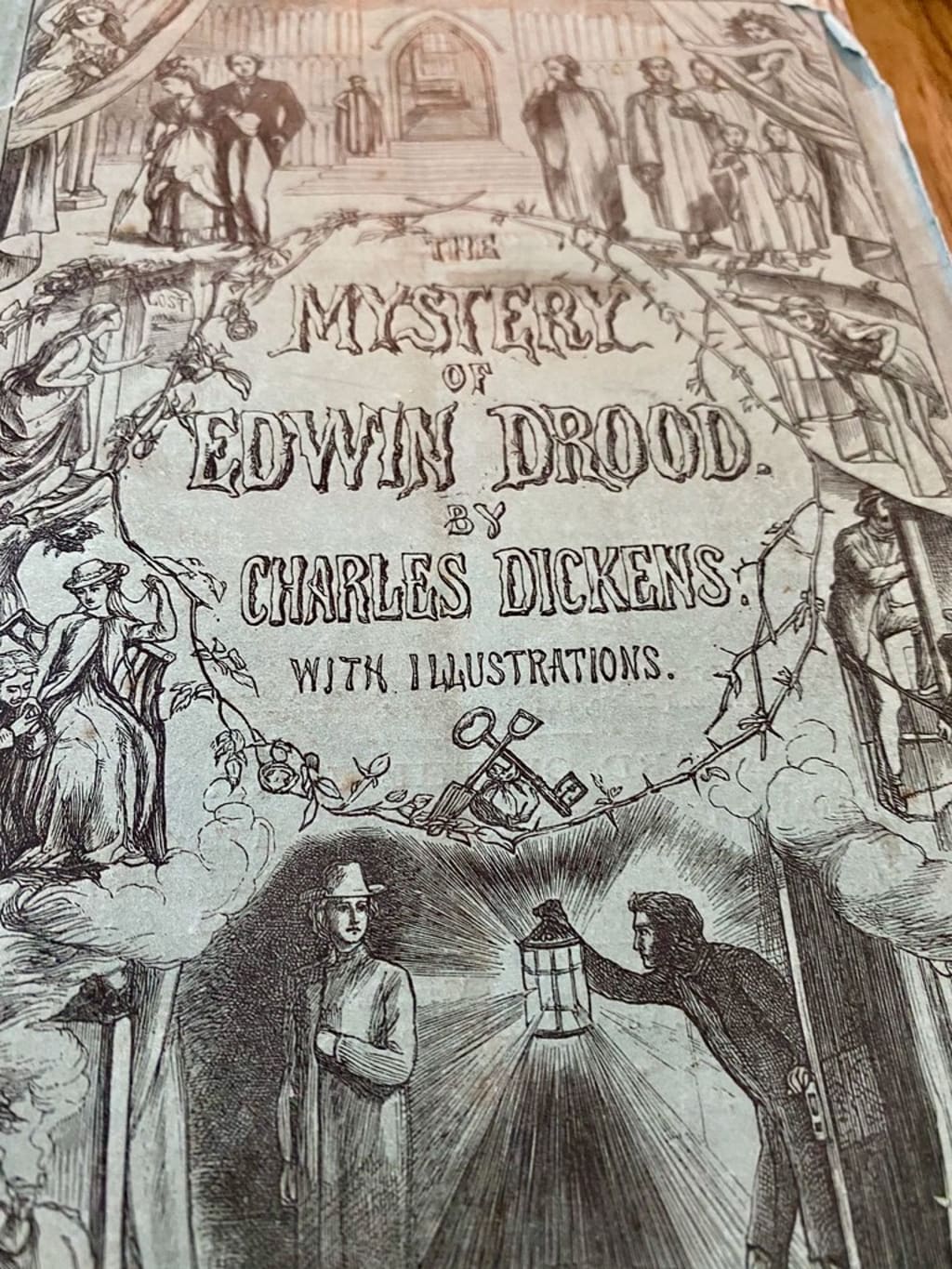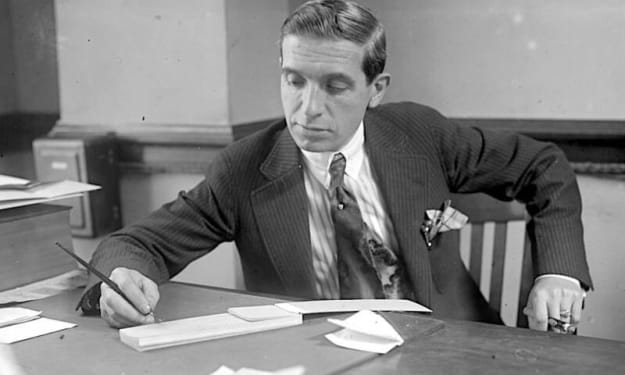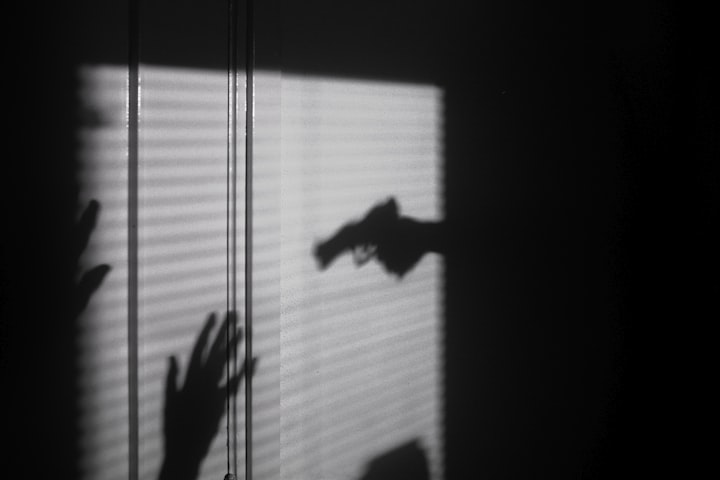A murder in Boston and Charles Dickens's final novel
The plot of "Edwin Drood" seems to have been inspired by a celebrated case

Charles Dickens’s “The Mystery of Edwin Drood” has posed many mysteries of its own down the years, not least that of how Dickens intended to conclude the book. He died on 9th June 1870 from a stroke, having written his final words only a few hours before, with possibly half of the intended text still unwritten.
One possibility of how the plot might have developed from that point is suggested by an ostensibly unlikely source, namely a notorious murder case that occurred in Boston, Massachusetts, in 1849.
The Murder of Dr Parkman by Professor Webster
Dr George Parkman had been a medical doctor, but in his later years he turned to being a landlord of residential properties in Boston, as well as being a moneylender. He also had links with the medical college of Harvard University, and one of his clients was Professor John Webster, who was Professor of Chemistry at the medical college.
On Friday 23rd November 1849, Dr Parkman was seen entering the medical college, but was never seen again alive. One week later, Professor Webster was arrested for murder. The trial took place in March 1850, with Webster being found guilty on 1st April and hanged on 30th August.

Webster’s motive for murder was clearly financial, in that he owed Dr Parkman more than $2,000 which he could not repay. Webster was in considerable difficulty, and had even mortgaged his valuable collection of minerals twice, as collateral for loans from two different sources. Parkman knew about this fraud and was threatening to expose Webster and force him from his chair of chemistry. When Parkman went to the college that day he was attending an appointment with Webster at which Parkman expected to receive a substantial portion of the money that he was owed.
One of the fascinating aspects of the case is that Webster went to enormous trouble to dispose of Parkman’s body within the confines of the college. His activities, which included working late at night in his locked laboratory, soon excited the suspicions of the college janitor, Ephraim Littlefield, who was inspired to dig through the brickwork on the outside of the basement of Professor Webster’s laboratory. Human remains were found and Webster was arrested.
Before burning Parkman’s clothes and dismembering the body, Webster had taken his watch and thrown it into the river.
How Charles Dickens Learned About the Case
Charles Dickens made two visits to the United States. On the first of these, in 1842, he had met Professor Webster in Boston, and it is also possible that he met Dr Parkman. He was therefore interested to read an article about the case that was written by a friend of his, Sir James Tennent. Dickens accepted the article for his journal, “All the Year Round”, and it was published in December 1867.
On Dickens’s second American tour, in 1868, he made a point of visiting the scene of the crime. He also met the poet Henry Wadsworth Longfellow, who had known Webster and could testify to his strange behaviour. Dickens left Boston knowing as much about the case as he could glean.
The Parkman Murder and Edwin Drood
The connections between the Parkman murder and Edwin Drood can be traced from 1869, when Dickens was making plans for a new novel. In both cases, the chief suspect is an outwardly respectable and distinguished member of an elite community, but with a dark secret and a hidden, passionate nature. In both cases, the victim disappears. In both cases, the hiding place for the body is an underground room. In both cases, the suspect tries to obtain quicklime in order to dissolve the body. In both cases, a working man is key to the finding of the body. In both cases, a watch belonging to the victim is thrown into a river. There are a number of further parallels.
In the case of Edwin Drood, not all of the above coincidences can be found in the text, but they can be deduced from the notes and letters that Dickens left behind. There is a more complicated plot to Edwin Drood than the Parkman murder, with a number of other characters being introduced – every murder mystery needs a few red herrings!
However, if the above scenario is correct, there would seem to be little doubt that Dickens intended to complete his novel with the arrest and trial of his chief suspect, John Jasper (even the first name is the same!). Webster wrote a confession in his prison cell, which was apparently what Dickens intended would happen in the case of Jasper. Although not exact parallels, there would seem to be enough evidence to suggest that Dickens had the Parkman case very much in mind when he wrote “The Mystery of Edwin Drood”.
About the Creator
John Welford
I am a retired librarian, having spent most of my career in academic and industrial libraries.
I write on a number of subjects and also write stories as a member of the "Hinckley Scribblers".






Comments
There are no comments for this story
Be the first to respond and start the conversation.